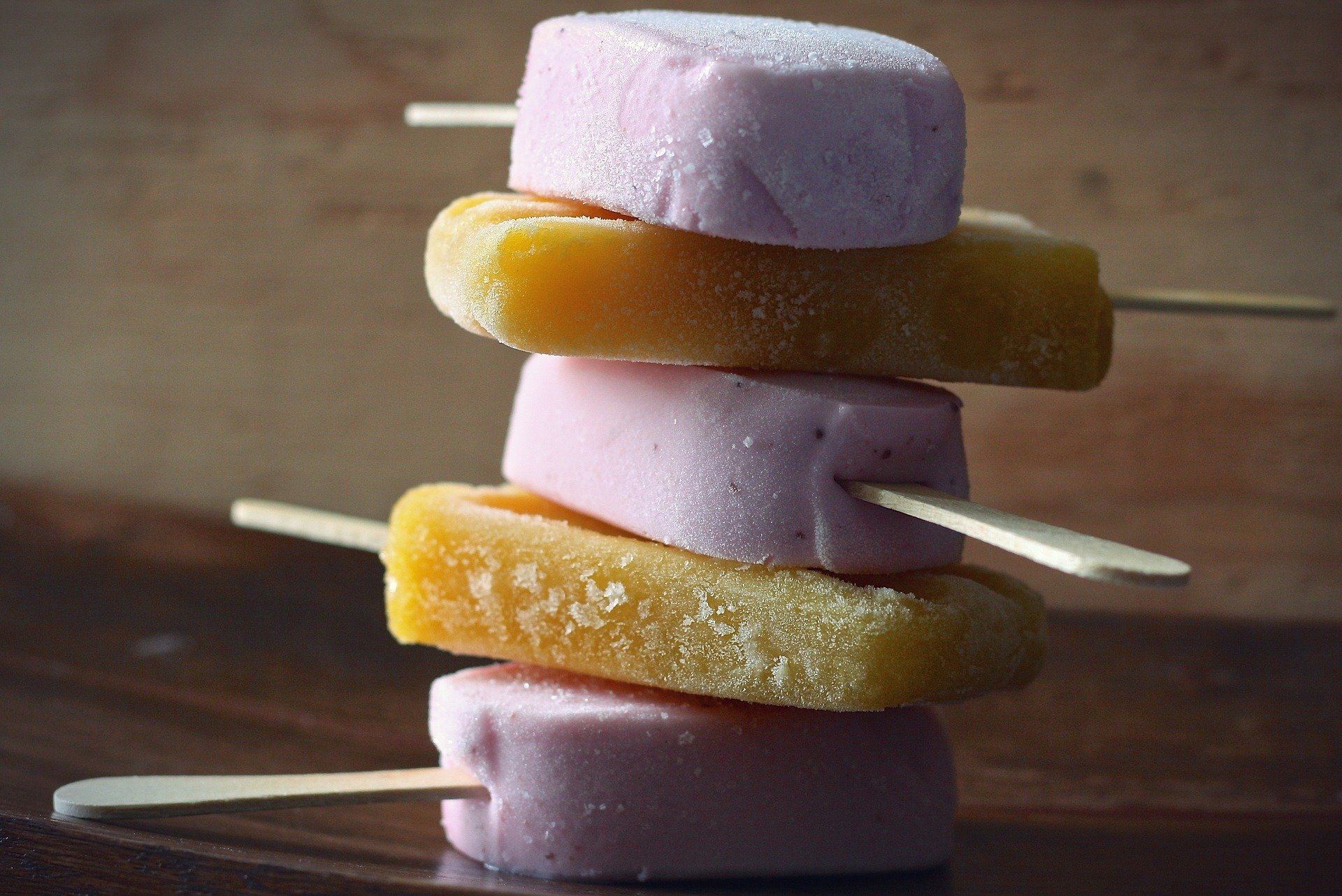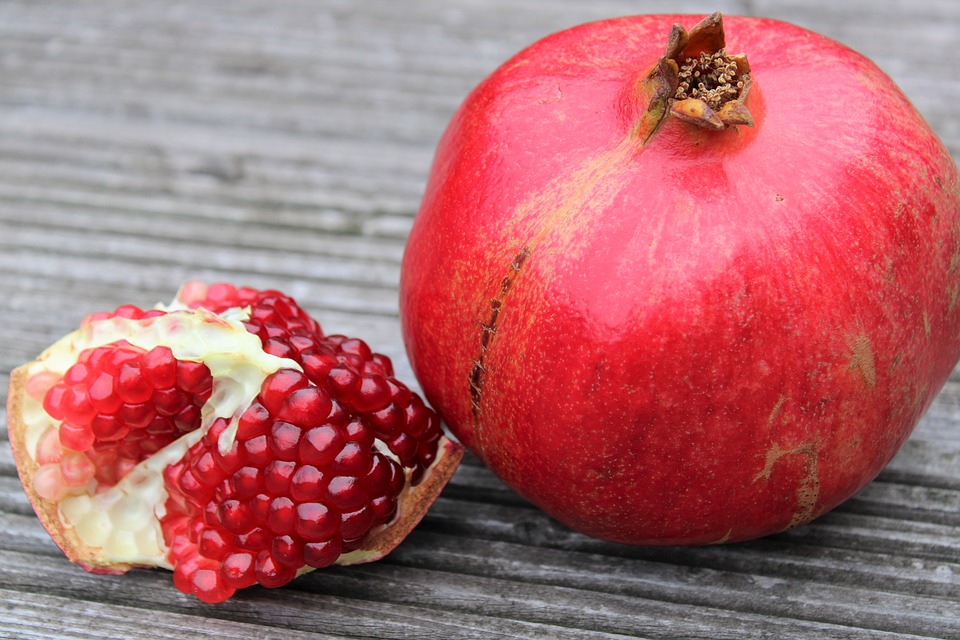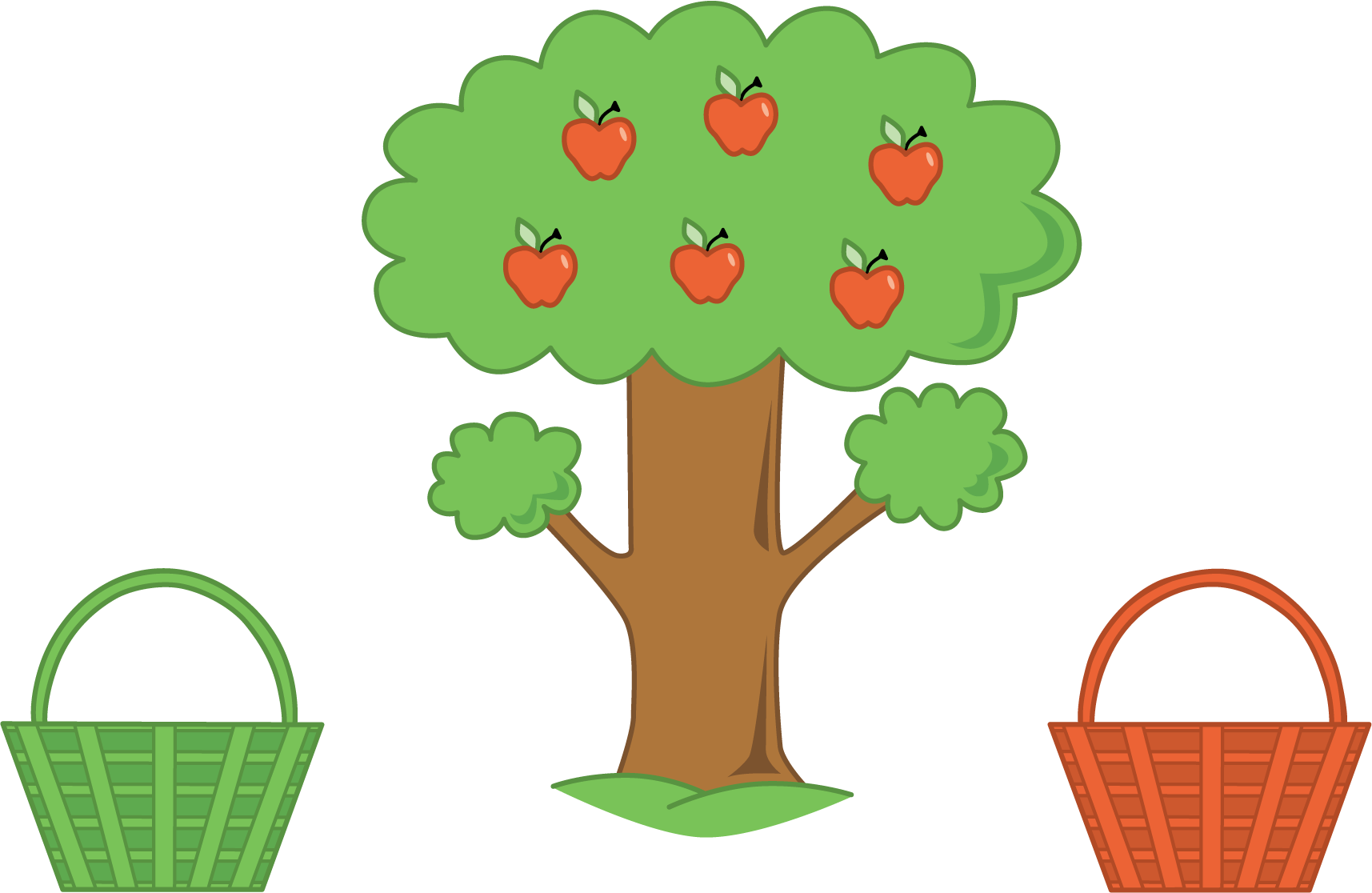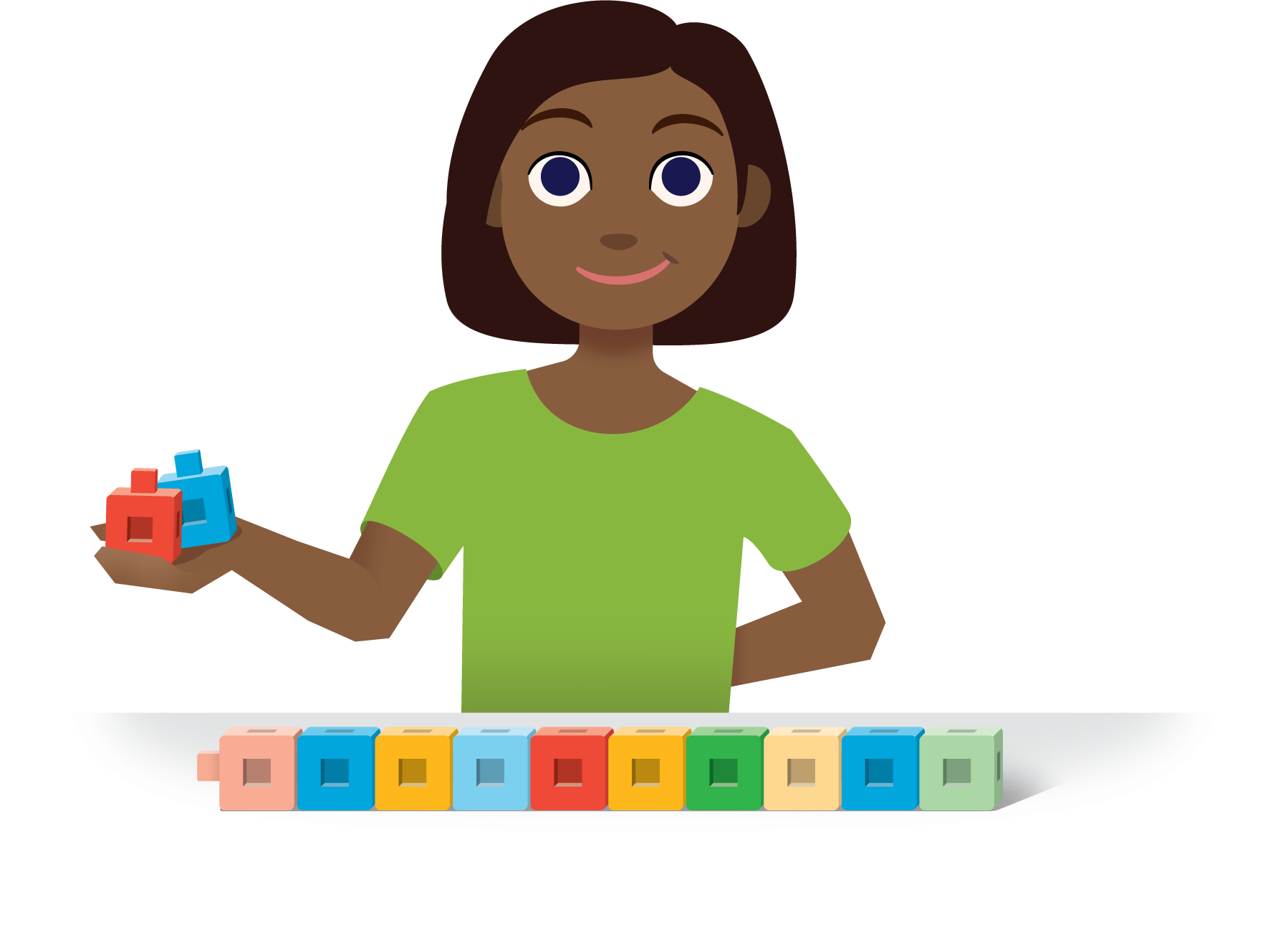Lesson 7
Solve Both Addends Unknown Story Problems
Warm-up: Which One Doesn’t Belong: Decompose with Math Tools (10 minutes)
Narrative
Launch
- Groups of 2
- Display the image.
- “Pick one that doesn’t belong. Be ready to share why it doesn’t belong.”
- 1 minute: quiet think time
Activity
- “Discuss your thinking with your partner.”
- 2–3 minutes: partner discussion
- Share and record responses.
Student Facing
Which one doesn’t belong?




Student Response
For access, consult one of our IM Certified Partners.
Activity Synthesis
- “Which math tools show different ways to break apart 6? What different ways to break apart 6 do you see?”
Activity 1: Fruit for Paletas (10 minutes)
Narrative
The purpose of this activity is for students to notice that there is more than one way to solve a Put Together/Take Apart, Both Addends Unknown story problem. While there are multiple possible solutions to this story problem, students are only expected to produce one solution in this activity. The goal of the activity synthesis is to investigate different solutions and see that this type of story problem allows for multiple correct solutions.
When students attend to the mathematical features of a situation, adhere to mathematical constraints, make choices, and translate a mathematical answer back into the context, they model with mathematics (MP4).
Supports accessibility for: Conceptual Processing
Required Materials
Materials to Gather
Launch
- Groups of 2
- Give students access to connecting cubes or two-color counters.
- “Many families and cultures make special desserts. Are there desserts that you make with your family?”
- 30 seconds: quiet think time
- 1 minute: partner discussion
- Share responses.
- Display the image.
- “Paletas are a type of ice pop popular in Mexico. They are usually made with fruit.”
- Read and display the task statement.
- “Tell your partner what happened in the story.”
- 30 seconds: quiet think time
- 1 minute: partner discussion
- “What are we trying to figure out?” (How many of the paletas had lime and how many had coconut.)
- 30 seconds: quiet think time
- 1 minute: partner discussion
- “Show your thinking using drawings, numbers, words, or objects.”
Activity
- 2 minutes: independent work time
- 2 minutes: partner discussion
- Monitor for students who show different decompositions of 6.
Student Facing
Jada made 6 paletas with her brother.
They made two flavors, lime and coconut.
How many of the paletas were lime?
Then how many of the paletas were coconut?

Student Response
For access, consult one of our IM Certified Partners.
Advancing Student Thinking
If students take out 6 objects or draw 6 pictures or symbols but are unsure what to do next, consider asking:
- “Can you tell me what happened in the story problem? What are we trying to figure out?”
- “Which objects/drawings show the lime paletas? Which show the coconut paletas?”
Activity Synthesis
- Invite previously identified students to share.
- “What is the same about how _____ and _____ solved the story problem?” (They both showed 6 paletas total. They showed some lime and some coconut.)
- “What is different about how _____ and _____ solved the story problem?” (One showed 3 lime and 3 coconut. The other showed 5 lime and 1 coconut.
- “Did both _____ and _____ solve the story problem? Why do you think that?” (Yes. They both showed 6 paletas. They both showed some coconut paletas and some lime paletas.)
- “There is more than 1 answer to the story problem. Just like when we snapped our cube towers, there was more than 1 way that we could snap it into 2 pieces.”
- Record each student’s solution with an equation that begins with the total. For example:
- Write \(6 = 3 + 3\) and say, “There were 6 paletas. 3 of them were coconut paletas and 3 of them were lime paletas. We can write that as 6 is 3 plus 3.”
Activity 2: Pomegranates (10 minutes)
Narrative
The purpose of this activity is for students to solve a Put Together/Take Apart, Both Addends Unknown story problem. In the activity and lesson synthesis, students discuss different ways to show the 2 groups and how showing the 2 groups clearly helps you answer the questions (MP2).
Advances: Speaking, Representing
Required Materials
Materials to Gather
Launch
- Groups of 2
- Give students access to connecting cubes or two-color counters.
- Read and display the task statement.
- “Tell your partner what happened in the story.”
- 30 seconds: quiet think time
- 1 minute: partner discussion
- Monitor for students who accurately retell the story. Choose at least one student to share with the class.
- Reread the task statement.
- “Show your thinking using drawings, numbers, words, or objects.”
Activity
- 2 minutes: independent work time
- 2 minutes: partner discussion
- “Write an expression to show how many of the pomegranates were on the shelf and how many were in the basket.”
- 1 minute: independent work time
- Monitor for a student who creates a drawing that clearly shows which pomegranates are on the shelf and which are in the basket.
Student Facing
Kiran had 7 pomegranates in his bag.
He put some of the pomegranates on the shelf.
He put the rest of the pomegranates in a basket.
How many of the pomegranates were on the shelf?
Then how many of the pomegranates were in the basket?
Expression: _________________________________

Student Response
For access, consult one of our IM Certified Partners.
Advancing Student Thinking
- “What are we trying to figure out?”
- “Can you use your objects/drawings to tell me what happened in the story?”
Activity Synthesis
- Draw 7 circles with no labels.
- “Elena drew 7 circles to show Kiran’s pomegranates.”
- Invite a student who created a drawing with labels to share.
- “Which drawing helps you see what happens in the story? Why?” (In the second drawing we can just see which ones are on the shelf and which ones are in the basket, so it helps us to see the story. The circles with sh are the pomegranates on the shelf.)
- Record each student’s solution with an equation that begins with the total. For example:
- Write \(7 = 3 + 4\) and say, “There were 7 pomegranates. 3 of them were on the shelf and 4 of them were in the basket. We can write that as 7 is 3 plus 4.”
Activity 3: Introduce Math Stories, How Many of Each? (25 minutes)
Narrative
The purpose of this activity is to introduce students to stage 3 of the Math Stories center. Students tell and represent Put Together/Take Apart, Both Addend Unknown story problems based on a picture.
After they participate in the center, students choose from any stage of previously introduced centers.
- What’s Behind My Back?
- 5-frames
- Make or Break Apart Numbers
Required Materials
Materials to Gather
Materials to Copy
- Math Stories Stage 3 Pictures
- Math Stories Stage 3 Recording Sheet
Required Preparation
- Gather materials from:
- What’s Behind My Back, Stage 1
- 5-frames, Stages 1 and 2
- Make or Break Apart Numbers, Stage 1
Launch
- Groups of 2
- Give each group of students a set of pictures and access to connecting cubes or two-color counters. Give each student a recording sheet.
- “We are going to learn a new way to do the Math Stories center. It is called Math Stories, How Many of Each?"
- Display the student book.
- “Priya picked all the apples from the apple tree. One partner will tell a story about which apples Priya put in the green basket and which apples she put in the red basket. Think of a story you can tell your partner.”
- 30 seconds: quiet think time
- 1 minute: partner discussion
- Share responses.
- “Now I need to use objects or drawings to show what happened in my partner’s story. How can I show what happened in my partner’s story?”
- 30 seconds: quiet think time
- Share responses.
- Demonstrate representing the story with objects or drawings based on student suggestions.
- “Once I finish using objects or drawings to show what happened in my partner’s story, I need to tell my partner a different story about the apples and the baskets.”
- Share a Put Together/Take Apart, Both Addends Unknown story about the apples with a different decomposition, such as: Priya collected 6 apples from the tree. She put 4 of the apples in the green basket and 2 of the apples in the red basket.
- “Take turns working with your partner. One partner tells a story about the picture and the other partner shows what happens in the story using objects or drawings. Then think of a different story about the picture.”
Activity
- 10 minutes: partner work time
- “Now you can choose another center. You can also continue playing Math Stories.”
- Display the center choices in the student book.
- Invite students to work at the center of their choice.
- 10 minutes: center work time
- If time, invite students to choose another center.
Student Facing

Choose a center.
What’s Behind My Back?

5-frames

Make or Break Apart Numbers

Math Stories

Activity Synthesis
- Invite students to share 2 different Put Together/Take Apart, Both Addends Unknown stories about the same picture.
- “Are there any other stories that we can tell about this picture?”
Lesson Synthesis
Lesson Synthesis
Draw 7 circles.

Reread the task statement from the second activity.
“Priya wants to show that 5 of the pomegranates are on the shelf and 2 of the pomegranates are in the basket. What can she change or add to the drawing to show this?” (She can write an sh for shelf and a b for basket. She can write the numbers 5 and 2. She can draw a line or circle to show which are on the shelf and which are in the basket.)
Demonstrate student suggestions or invite students to demonstrate their suggestions.
Draw 7 circles with numbers and labels as pictured:

“Tyler drew this picture. Does Tyler’s picture show the story?” (Yes. He showed 7 pomegranates with 3 on the shelf and 4 in the basket.)
“We can use labels, colors, and numbers to help us show what is happening in the story.”
Cool-down: Unit 5, Section B Checkpoint (0 minutes)
Cool-Down
For access, consult one of our IM Certified Partners.